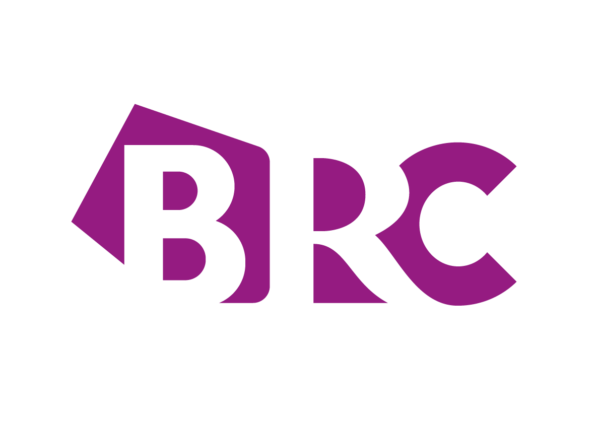As if we needed more proof that 2020 is the year of seismic shifts, Swedish furniture retail giant, IKEA, has announced that this is the last year it will publish its big catalogue.
First printed in Sweden in 1951, the publication is no longer deemed necessary to the company’s marketing efforts, which are moving further online in parallel with customers. The company will, however, continue to publish a smaller book in 2021.
The managing director of IKEA Systems, B.V., Konrad Grüss, said: “Turning the page with our beloved catalogue is in fact a natural process since media consumption and customer behaviours have changed. In order to reach and interact with the many people, we will keep inspiring with our home furnishing solutions in new ways.
“We are not starting from scratch,” he said. “We have been transforming many aspects of how to reach and interact with our customers, and the work continues to find new ways to amplify unique IKEA home furnishing knowledge, products and solutions in the best possible way — to inspire the many people through new ways, channels and formats.”
A big percentage of IKEA customers are now buying online rather than instore and business hasn’t suffered; worldwide online sales rose by 45 per cent last year and the website, ikea.com, had more than four billion visits.
Other major retailers, including H&M and REI, have scaled back or dropped big catalogues in recent years, focusing on digital or other print alternatives. In summer of this year, Argos announced it would cease catalogue production after 47 years of reliance on print.
Whilst IKEA’s decision might seem understandable and entirely keeping with the times – not least in terms of sustainability – there are also signs of fatigue with digitalisation, as some consumers start to hanker after real-world contacts and experiences.
In February of this year, Jonathan Z. Zhang reported for the Harvard Business Review that ‘Catalogs are making a comeback, pointing out that ‘despite two decades of email and social media marketing and the digitzation of the consumer experience, catalog mailings have been steadily in increasing since 2015.’
Consumers are happy about this and catalog response rates increased 170 per cent between 2004 and 2018. Nordstrom, Patagonia, Crate and Barrell, Restoration Hardware, Wayfair, Bonobos, Birchbox and Amazon all invested heavily in printed catalogues.
To test the effectiveness of catalogs, Harvard Business Review partnered with a specialty luxury watches and jewellery e-commerce retailer with a global clientele and without physical store presence. The company, which has a database of approximately 28,000 customers, launched a new bi-monthly catalogue campaign featuring professional photography and high-quality printing.
Results showed that “Email + catalog” group experienced a 15% lift in sales and a 27% lift in inquiries, compared to “Email-only” group. Read more about the study here.














